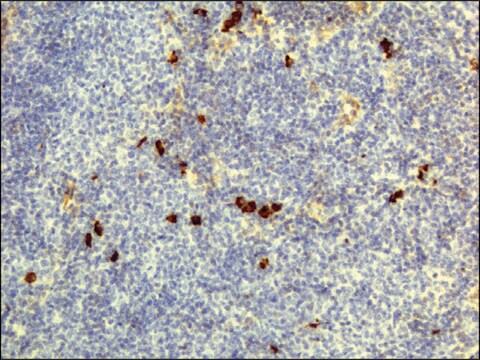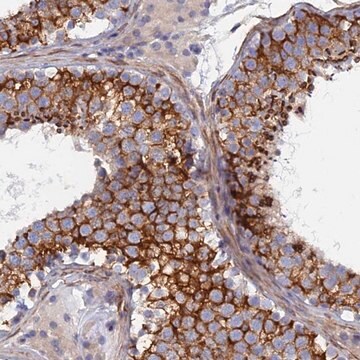推薦產品
生物源
Cymbopogon citratus DC. and Cymbopogon flexuosus
品質等級
等級
FG
Kosher
natural
法律遵循
EU Regulation 1334/2008 & 178/2002
FDA 21 CFR 117
FDA 21 CFR 182.20
光學活性
[α]20/D −10 to 0°, neat
來源
India origin
bp
224 °C (lit.)
密度
0.896 g/mL at 25 °C
應用
flavors and fragrances
文件
see Safety & Documentation for available documents
食物過敏原
no known allergens
感官的
lemon
尋找類似的產品? 前往 產品比較指南
一般說明
Lemongrass oil is a volatile oil with a fresh grassy lemon-like aroma. It is generally obtained from the lemongrass leaves. Lemongrass oil is usually composed of geranial up to 60%, neral up to 30%, geraniol up to 4%, limonene, and linalool.
應用
Lemongrass oil can be used as a flavoring agent in the food, perfume, and cosmetic industries.
準備報告
提取方法:蒸馏
訊號詞
Warning
危險聲明
危險分類
Eye Irrit. 2 - Skin Irrit. 2 - STOT SE 3
標靶器官
Respiratory system
儲存類別代碼
10 - Combustible liquids
水污染物質分類(WGK)
WGK 2
閃點(°F)
194.0 °F - closed cup
閃點(°C)
90 °C - closed cup
Antimicrobial effect of lemongrass oil against oral malodour micro-organisms and the pilot study of safety and efficacy of lemongrass mouthrinse on oral malodour
Satthanakul P, et al.
Journal of Applied Microbiology, 118(1), 11-17 (2015)
Lemongrass
Antioxidant Properties of Spices, Herbs and Other Sources, 377-383 (2012)
Jareerat Aiemsaard et al.
Research in veterinary science, 91(3), e31-e37 (2011-02-15)
The aims of this study were to investigate the antibacterial activity of lemongrass oil (LG) and its major components which were citral, geraniol and myrcene, against four strains of clinically isolated bovine mastitis pathogens, including Staphylococcus aureus, Streptococcus agalactiae, Bacillus
M Maizura et al.
Journal of food science, 72(6), C324-C330 (2007-11-13)
Edible films were prepared from a mixture of partially hydrolyzed sago starch and alginate (SA). Lemongrass oil (0.1% to 0.4%, v/w) and glycerol (0% and 20%, w/w) were incorporated in the films to act as natural antimicrobial agent and plasticizer
Cristiane de Bona da Silva et al.
The Brazilian journal of infectious diseases : an official publication of the Brazilian Society of Infectious Diseases, 12(1), 63-66 (2008-06-17)
Superficial mycoses of the skin are among the most common dermatological infections, and causative organisms include dermatophytic, yeasts, and non-dermatophytic filamentous fungi. The treatment is limited, for many reasons, and new drugs are necessary. Numerous essential oils have been tested
我們的科學家團隊在所有研究領域都有豐富的經驗,包括生命科學、材料科學、化學合成、色譜、分析等.
聯絡技術服務









